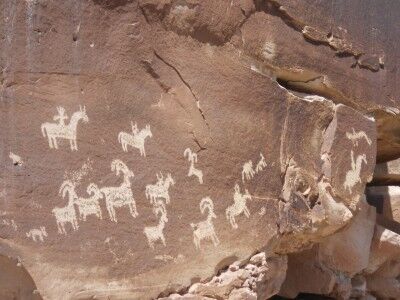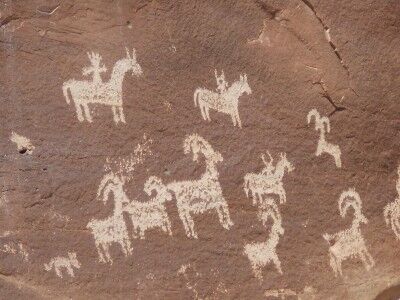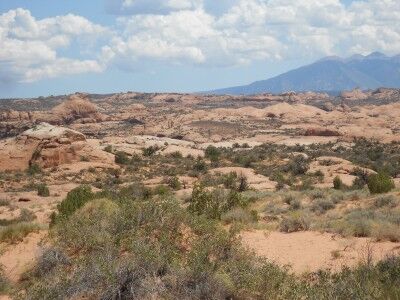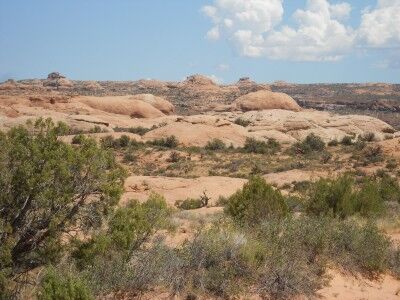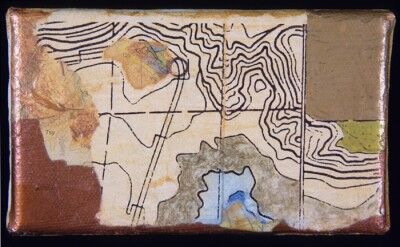This post is courtesy of Harry S Truman Historic Site. You can also find them on Facebook and on twitter @HarrySTrumanNPS
Harry S Truman summed it up best when he was asked at a press conference whether he planned to return to Independence after he left the White House. He responded bluntly, “Certainly! That’s my home.” Today, visitors to Harry S Truman National Historic Site experience the home and surroundings the 33rd President knew when he was a young man who had modest ambitions in politics, as well as the final years as a former president.

Though not on the grand scale of a Monticello, Mount Vernon, or Hyde Park, the rambling 19th Century Victorian at 219 N. Delaware, Truman’s home before and after his presidency, has become an iconic spot and a popular tourist destination. Overall, five properties relating to Truman are preserved by Harry S Truman National Historic Site, and each reflect the practical, middle-America lifestyle that was interwoven into Truman and his family.
Below are the top ten things visitors should see and do while visiting Harry S Truman National Historic Site:
Take a ranger-guided tour through the Truman Home: The Truman Home offers a glimpse of the personal life of the 33rd President of the United States. Beautiful in its uncluttered commonness, the Truman Home showcases the simple life Truman and his wife Bess enjoyed in Independence before and after his presidency. Preserved following the passing of Bess in 1982, the home and collection contains over 50,000 objects relating to the Trumans, including Harry’s 1972 Chrysler still sitting in the garage.

Visit the Noland Home, located across from the Truman Home, where Harry’s favorite cousins lived. While visiting in 1910, Truman returned a borrowed cake plate from across the street, an experience that reconnected him with his childhood friend Bess Wallace which led to a nine year courtship and 62 year marriage. Self-guided exhibits explore the courtship, the extended Truman family, and life in the Independence neighborhood. Following restoration, the home is scheduled to open in spring 2012.
Head down to the farm: Between Memorial Day and Labor Day, take a ranger-guided tour of the historic 1894 farmhouse at the Truman Farm in nearby Grandview. Experience what farm life was like for Harry as a young man from 1906 to 1917.
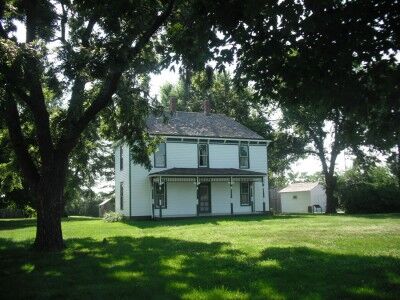
Take a stroll on the grounds (5+acres) of the farm, or take a self-guided audio tour to learn more about the historic farm that was established by Harry’s grandfather and once sprawled over 600 acres.
Back in Independence, catch the park’s free introductory film highlighting the Truman family and their home at 219. N. Delaware during and after the presidency. Film plays daily every 15 minutes in the visitor center at 223 N. Main.
Children ages 5-12 can take part in the Junior Ranger program and learn more about young Harry and Bess, the National Park Service, and why the Truman Home and surroundings are worth preserving.
Who lived next door to the president? Where were the Secret Service stationed? Listen to an audio/cell phone tour to learn more about Truman Home, Truman Farm, or the neighborhood to find out many interesting stories and information. Use your Smartphone to explore more of the sights and sounds of Truman’s hometown.
Follow in the footsteps of the president: Truman walked one to two miles almost every morning around Independence. Visitors can take the self-guided walking tour and see up-close Truman-related sites following his route.
Don’t forget to check out the park’s bookstore for material highlighting Harry Truman, the presidency, Independence, and much more.
Explore the park’s visitor center with changing exhibits located inside Independence’s historic 1927 fire station.
Harry S Truman National Historic Site is open daily from 8:30 a.m. to 5 p.m. Tickets for guided tours of the home, offered throughout the day starting at 9 a.m., cost $4 (free for children 15 and younger) and are available at the site’s visitor center, off Independence Square at 223 North Main.

